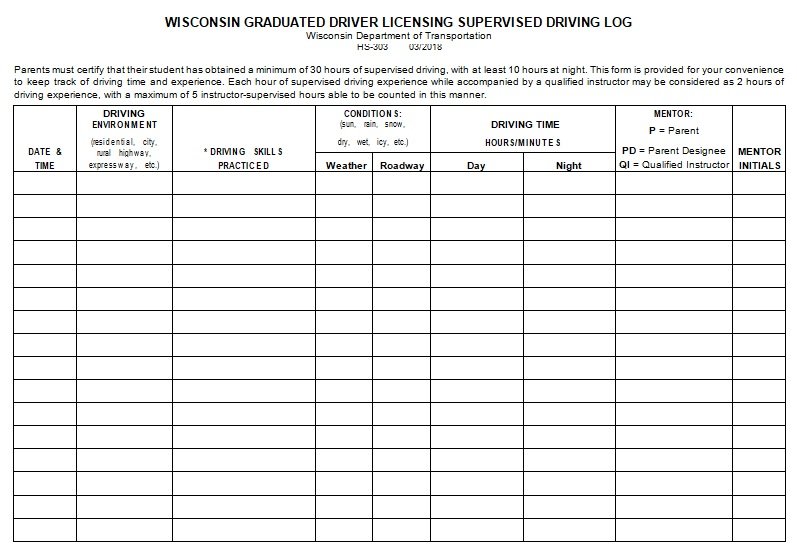

DOT LOGSHEET DRIVERS
ELDs have digitized this process, so hours of service (HOS) recording is simpler and more accurate, allowing drivers to comply more easily with DOT HOS regulations.įYI: Under the ELD mandate, companies operating a commercial vehicle fleet may be required to implement electronic logging devices. In the past, DOT log books were an analog affair: Drivers would record their hours on a designated sheet provided by the FMCSA. ELDs hook directly into a vehicle’s engine and record when the vehicle is on, idle and in motion. This can create dangerous, pressure-fueled driving environments for truckers and other drivers who share the road.ĮLDs play an important role in filling out DOT log books. Many drivers feel pressure to arrive early at their destination to maximize the money they receive. Runner’s fatigue is a very real threat for long-haul truckers, and studies suggest that tired drivers are less alert to crisis situations. However, log books are in place to protect drivers. Why log books are importantĭrivers may brush off DOT log books as unnecessary sometimes, road experience can drive employees to think they know more than the government. As a result, drivers must have good logging habits to comply with fleet health and safety compliance best practices.
DOT LOGSHEET DRIVER
If logs are falsified, or a driver fails to fill them out, the driver and trucking company could be vulnerable to federal prosecution. These log books should be filled out daily and are often checked by a DOT agent. FMCSA log books ensure that commercial truck drivers are adhering to the laws.

For example, long-haul commercial truck drivers have sleep requirements within a 24-hour driving period. These log books are used to enforce federal regulations regarding driver behavior. More specifically, drivers are required to specify when they are driving, on duty but not driving, off duty and when they’re sleeping.Įditor’s note: Looking for the right GPS fleet tracking service for your business? Fill out the below questionnaire to have our vendor partners contact you about your needs. The DOT log book is an official federal document used to track when a driver takes breaks. Tip: The best GPS fleet tracking systems include ELD functionality, which helps your business reduce fleet idle time, comply with DOT hours of service rules, and monitor hard braking and acceleration. On top of log books driver scorecards ensure your team is adhering to all regulations. It’s also critical to understand how electronic logging devices (ELDs) play a role in driver logs.
DOT LOGSHEET HOW TO
If you’re new to the trucking industry, it’s important to understand what a DOT log book is, why it’s essential and how to fill one out correctly. The Federal Motor Carrier Safety Administration (FMCSA) expects all long-haul commercial drivers to fill out this information after every shift.

Log books aren’t just company policy: Filling them out is a federally mandated law. This article is for small business owners who want to stay in compliance with DOT log book mandates.įilling out a driver’s log book is an essential task for any commercial truck driver.ELDs are included in telematics tracking software, providing analytics and other digital advantages to your fleet operation.Understanding how log books work can provide insight on how to use ELDs correctly.ELDs are electronic versions of log books that are more accurate and easier to use. Filling out analog DOT log books is becoming obsolete.


 0 kommentar(er)
0 kommentar(er)
